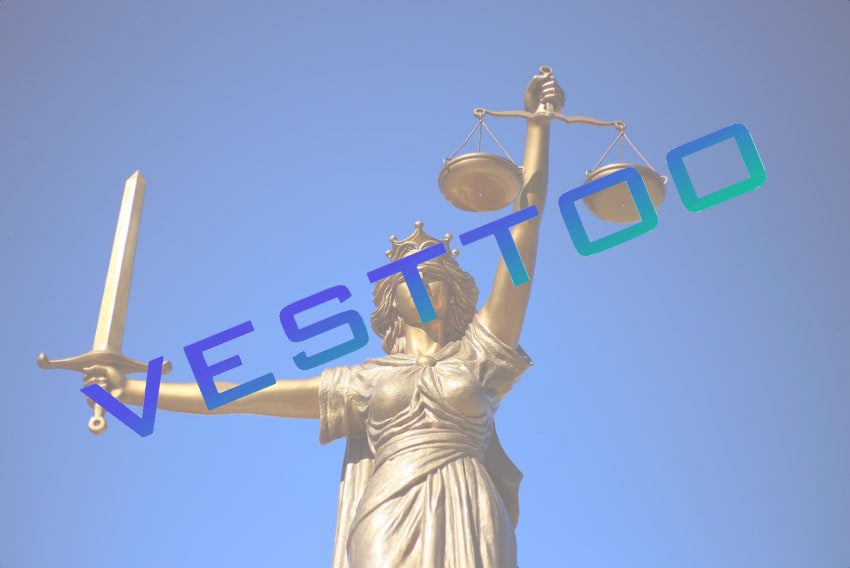Vesttoo accuses creditors of undermining efforts to sell assets, brinkmanship

Vesttoo, the insurtech at the center of an international reinsurance letter of credit (LOC) fraud investigation, is trying to sell off assets of the firm as part of its plans to emerge from the scandal and trade forwards, but creditors are accused by the company of undermining these efforts in a display of brinkmanship.
As we reported earlier this week, the Official Committee of Unsecured Creditors in the Vesttoo Chapter 11 bankruptcy case had objected strongly to the insurtech’s plans to attempt to trade forward and urging the court to accelerate the liquidation of the firm.
The creditor committee called these efforts a “wasteful pursuit”, accusing Vesttoo of burning money that could be returned to those harmed by the extensive letter of credit (LOC) in reinsurance fraud.
Vesttoo quickly responded, claiming that it has produced “a significant business plan” and that the creditors should give the insurtech the time to deliver what it believes could be a “value-maximizing transaction.”
The latest from the Official Committee of Unsecured Creditors suggests that this plan involved selling some of Vesttoo’s assets, with some of its existing backers mooted as potential investors that would finance a buyout of assets and IP. While a rebranding exercise had also previously been mentioned, in an attempt to salvage something from the Vesttoo business model.
It’s clear the creditors feel any such efforts are doomed to failure, given the reputational damage that Vesttoo has suffered and the market’s perception of the insurtech.
But, Vesttoo now accuses them of trying to scupper any transaction, through the attempts to accelerate the liquidation and also by seeking discovery that the insurtech says shows the creditors trying to perform diligence into the sales process.
Vesttoo states, “It has become clear that the Committee’s Discovery and Deposition Requests are a mere continuation of its campaign of intimidation against the Debtors and their management. Not only that, but with its eyes locked on liquidation, the Committee is now seemingly intent upon chilling any kind of bid for the Debtors’ assets.”
The creditors are asking for discovery on two of the private equity or venture backers of Vesttoo, which is interesting as this seems perfectly valid, in the scope of the discovery the bankruptcy court has approved them to undertake.
But Vesttoo positions these discovery requests as efforts to stymie its attempts to sell its assets, which suggests that perhaps these two investors, Mouro Capital and Hanaco Ventures, are the ones mooted to be ready to finance any transaction to sell assets and re-form a new company to run them.
Vesttoo calls the requests “overbearing, burdensome, and duplicative discovery” saying, “Since the Committee has already reached a conclusion without any diligence and has doggedly pursued its case-strategy based on that conclusion, this information should likewise hold no value to the Committee. Notwithstanding, production of this information is both unduly burdensome and oppressive and will likely lead to harassment of potential bidders for the Debtors’ assets. The Committee is not entitled to such discovery having already concluded it will not change their view of the value of the Debtors’ assets. Gamesmanship is on open display here. The time to challenge the Debtors’ business judgment would be if and when the Debtors enter into an asset purchase agreement with a buyer through filing an objection to a proposed sale motion.”
Saying, “The Debtors wish to find consensual resolution with the Committee on how best to maximize value. However, brinksmanship is not an acceptable path forward.”
Of course, from the creditors point of view, any attempts to sell off assets or IP and form a newly branded company backed by Vesttoo’s original investors would potentially create more value for them, than for the bankruptcy estate.
As we stated before, “Any “value-maximizing transaction” must not be for the sole benefit of the insurtech’s investors. The creditors and those still out of pocket and facing challenges due to the reinsurance letter of credit (LOC) fraud must come first when it comes to any recovery of value that can be salvaged.”
These disagreements look likely to run, as sides clearly cannot agree a plan of action as to how to retrieve the maximum value for those affected by the fraud.
Read all of our coverage of the alleged fraudulent or forged letter-of-credit (LOC) collateral linked to Vesttoo deals.







